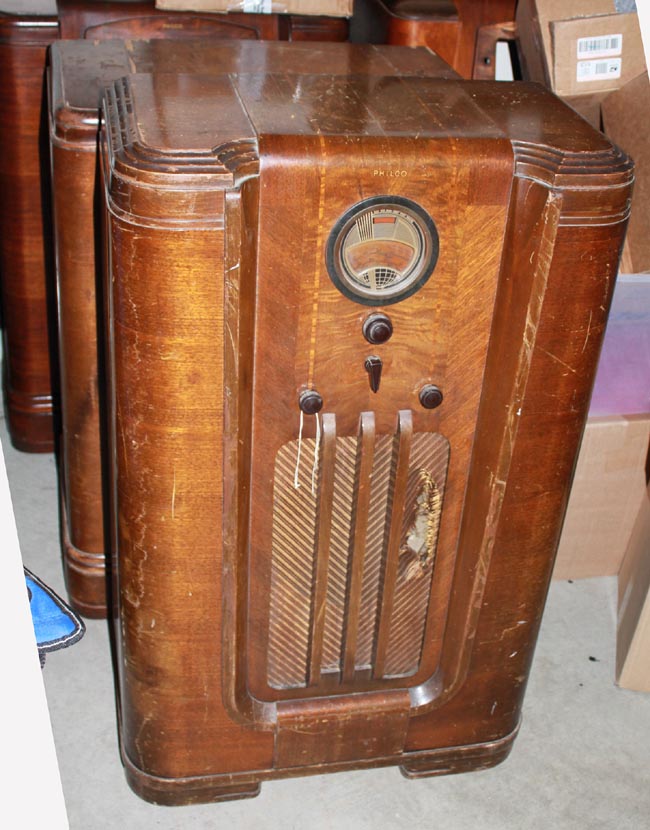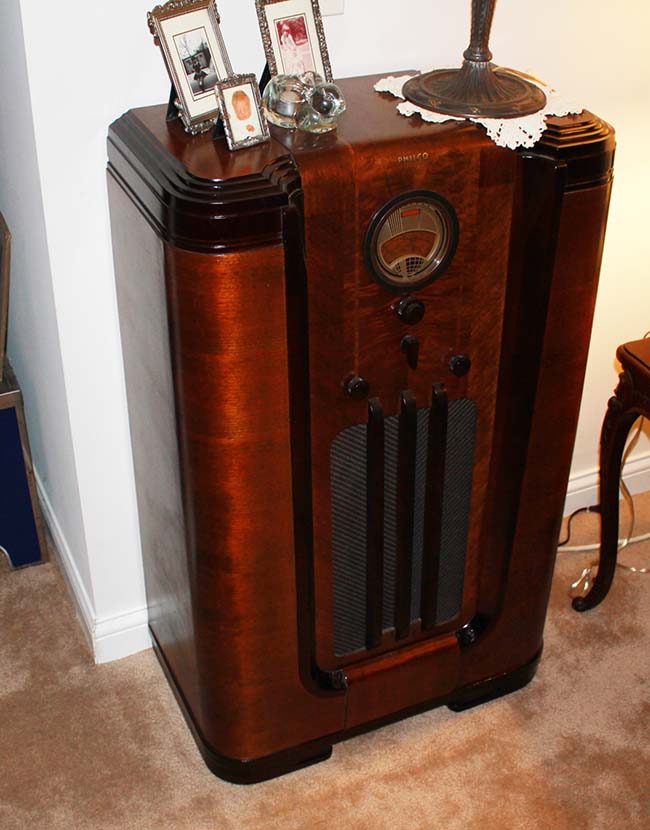03-16-2014, 10:15 AM
Sometimes you can get away with sanding the cracks and they will disappear, or at least, become much less noticeable. It depends on how thick the veneer is, and how deep the cracks go. Of course, if the cracks go completely through the veneer, it doesn't work. The other problem is, even if the cracks vanish, the remaining veneer can re-crack over time.
Even so, I always try to sand the cracks out before doing anything else. Sometimes it works. Just sand lightly with very fine paper. If you manage to sand all the way through the veneer, it's game over.
I used this technique on a 37-650 that was badly cracked all the way down both front sides. The cracks looked horrible, but when I examined them closely, they were superficial. Just the very, very top layer of veneer had cracked. I sanded the cracks away and proceeded to refinish. It came out great. That was six months ago, and no sign of any new cracks. Time will tell.

This is before....

..This is after
Even so, I always try to sand the cracks out before doing anything else. Sometimes it works. Just sand lightly with very fine paper. If you manage to sand all the way through the veneer, it's game over.
I used this technique on a 37-650 that was badly cracked all the way down both front sides. The cracks looked horrible, but when I examined them closely, they were superficial. Just the very, very top layer of veneer had cracked. I sanded the cracks away and proceeded to refinish. It came out great. That was six months ago, and no sign of any new cracks. Time will tell.
This is before....
..This is after
The artist formerly known as Puhpow! 8)



![[-] [-]](https://philcoradio.com/phorum/images/bootbb/collapse.png)


